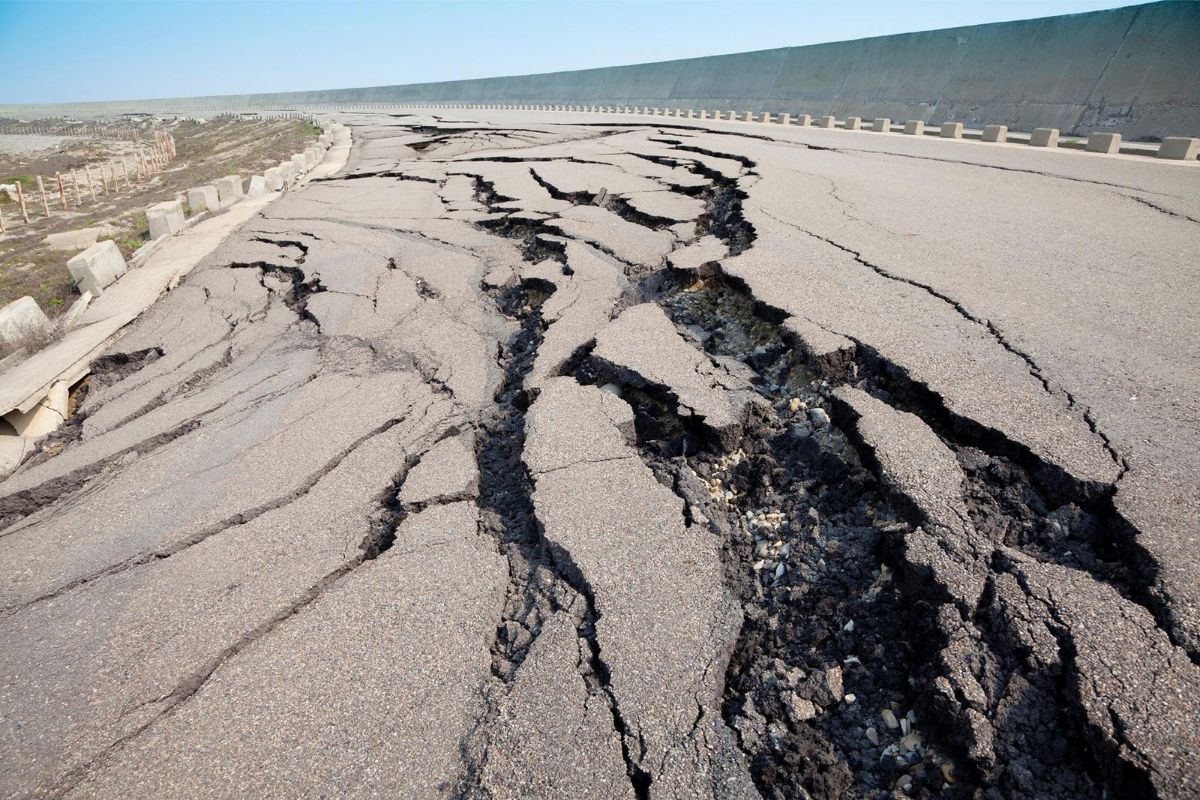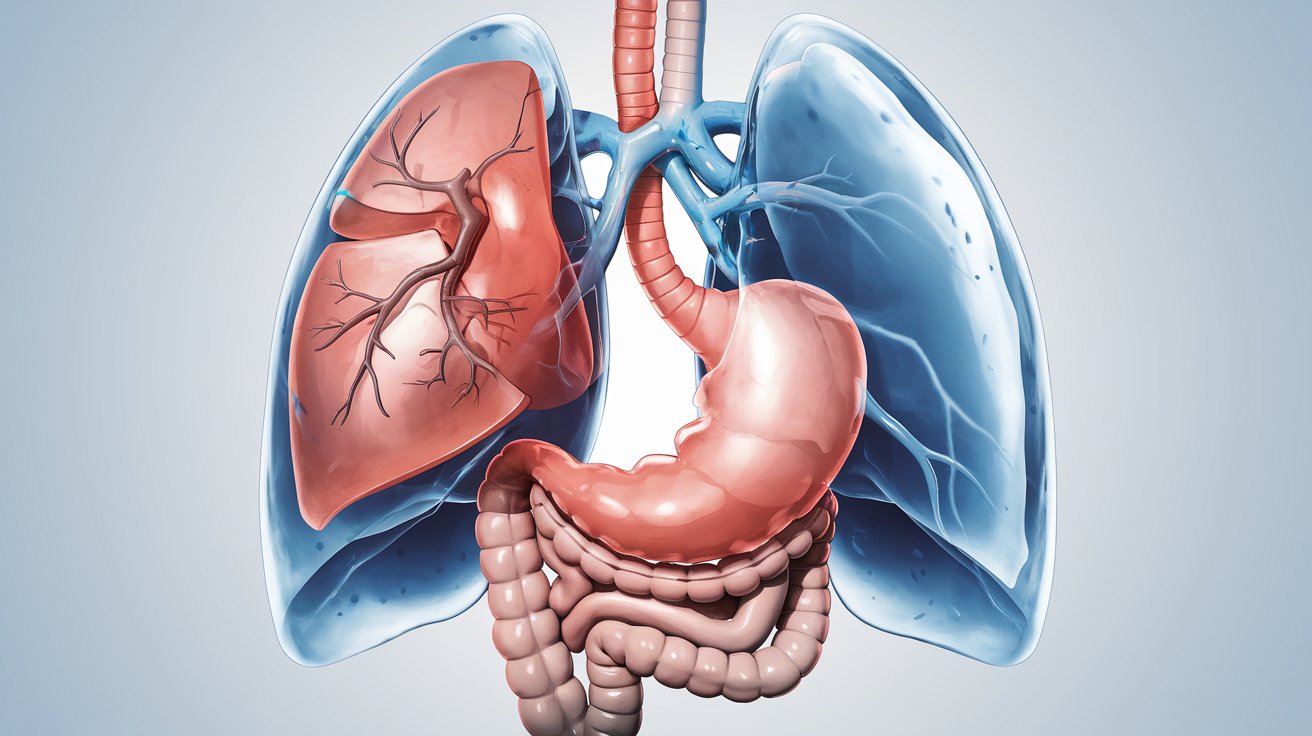
Why is Los Angeles so prone to earthquakes? Los Angeles sits near the San Andreas Fault, a major boundary between tectonic plates. This fault, along with many smaller ones, makes the region one of the most seismically active in the world. Southern California experiences an earthquake every three minutes, with 15-20 of these events exceeding a magnitude of 4.0 annually. The city's geological makeup, including a sediment-filled basin, amplifies seismic waves, increasing the intensity of shaking. Historical quakes like the 1971 Sylmar and 1994 Northridge events have highlighted the city's vulnerability. Continuous efforts in building codes, public awareness, and technological innovations aim to mitigate these risks.
Key Takeaways:
- Los Angeles is a seismic hotspot due to its location on the San Andreas Fault, experiencing frequent earthquakes and influencing building codes and safety measures.
- The geological makeup of Los Angeles affects how earthquakes are felt, leading to improved safety measures, building codes, and technological innovations.
Earthquake Hotspot: Los Angeles and the San Andreas Fault
Los Angeles sits in one of the most seismically active regions on Earth. Its location on the San Andreas Fault makes it a prime area for earthquakes. Here are some key facts about this fascinating and sometimes frightening aspect of life in LA.
- Los Angeles is situated south of a significant bend in the San Andreas fault, where tectonic plates shift direction.
- Southern California experiences an earthquake every three minutes.
- Annually, 15-20 earthquakes in the region exceed a magnitude of 4.0.
- The 1971 Sylmar earthquake had a magnitude of 6.6, causing significant damage and 64 deaths.
- On August 6, 2024, a 5.2 magnitude earthquake struck near Bakersfield, felt nearly 90 miles away in parts of Los Angeles.
Geological Influences and Seismic Waves
The geological makeup of Los Angeles plays a crucial role in how earthquakes are felt. The sediment-filled basin beneath the city can amplify or reduce seismic waves.
- The basin beneath Los Angeles is bowl-shaped, extending up to five miles deep.
- It is filled with a blend of gravel, sand, and clay.
- Seismic waves travel more rapidly through denser materials like rock compared to softer sediments.
- This difference in wave speed can result in varying intensities of shaking experienced during an earthquake.
- The contrast between hard bedrock and softer sediment significantly influences the seismic waves felt at the surface.
Historical Earthquakes and Their Impact
Los Angeles has a rich history of significant earthquakes that have shaped its approach to building and safety codes.
- The 1906 San Francisco earthquake is one of the most famous in California's history.
- The 1933 Long Beach earthquake led to significant changes in building codes.
- The 1964 Anchorage earthquake was another major event that influenced seismic safety measures.
- The 1971 Sylmar earthquake highlighted the vulnerability of structures built on top of faults.
- The Lower Van Norman Dam near Granada Hills came close to collapsing during the Sylmar earthquake.
Fault Rupture and Seismic Hazards
Understanding fault rupture and seismic hazards is essential for predicting and preparing for future earthquakes.
- Faults are planes of weakness in the Earth's crust where one side has moved relative to the other.
- The longest recorded rupture was a 994-mile segment associated with the Great Sumatra-Andaman earthquake and tsunami in 2004.
- The California Geological Survey studies earthquakes to help plan and build earthquake-resistant communities.
- Maps of recent earthquakes and ShakeMaps of the intensity of earthquake shaking are available from the California Integrated Seismic Network.
- Historical earthquake catalogs are essential for understanding past seismic activity and predicting future risks.
Significant Earthquakes and Their Lessons
Major earthquakes have provided valuable lessons that have led to improved safety measures and building codes.
- The Cascadia earthquake in 1700, believed to be around magnitude 9.0, triggered a tsunami that flooded villages in Japan.
- The Loma Prieta earthquake on October 17, 1989, had a magnitude of 6.9 and caused widespread damage.
- The Northridge earthquake in 1994 had a magnitude of 6.7 and caused significant damage to commercial and industrial structures.
- Over 6,000 commercial and industrial structures were damaged during the Northridge earthquake.
- The collapse of a section of the double-deck Nimitz Freeway was a notable feature of the Loma Prieta earthquake.
Earthquake Safety Measures and Preparedness
Robust building codes and preparedness measures are essential for minimizing damage and loss of life during earthquakes.
- California is rolling out its ShakeAlert early warning system to give people time to shelter themselves moments before a major quake strikes.
- Advances in technology have led to improved building codes and seismic modeling software.
- Los Angeles Mayor Eric Garcetti in 2015 pushed for the nation’s most sweeping earthquake retrofit laws.
- More than a dozen cities have adopted laws aimed at identifying vulnerable structures and requiring property owners to retrofit them for seismic safety.
- The San Andreas fault is not a single fault but rather an 800-mile-long “fault zone” comprised of many segments.
Future Projections and Continuous Improvement
Scientists and city planners are continuously working to improve earthquake preparedness and predict future seismic activity.
- Assuming the current rate of movement continues, Los Angeles and San Francisco will be adjacent to one another in approximately 15 million years.
- The USGS records roughly 10,000 earthquakes in Southern California each year.
- California typically sees two to three earthquakes strong enough to cause moderate damage each year.
- Billions of dollars have been spent over the decades to improve infrastructure and make buildings more earthquake-resistant.
- The Cascadia earthquake in 1700 triggered a tsunami that caused extensive damage along the Pacific coast of North America.
Technological Innovations and Public Awareness
Technological advancements and public awareness campaigns play a crucial role in earthquake preparedness.
- The duration of an earthquake's rupture can significantly influence the intensity of shaking experienced during the event.
- Seismic waves radiate outward from the rupture like ripples in a pond.
- The geological composition beneath the surface significantly influences the seismic effects experienced during an earthquake.
- The ability of a building to stretch, or ductility, is crucial for withstanding earthquakes.
- Soft-story buildings, often constructed over garages, are particularly vulnerable to earthquakes.
Community Involvement and Scientific Research
Community involvement and scientific research are vital for developing effective earthquake preparedness and mitigation strategies.
- Advances in seismic modeling software have significantly improved our understanding of how buildings respond to earthquakes.
- Earthquake preparedness includes having emergency plans, conducting regular drills, and ensuring that buildings are designed to withstand seismic activity.
- The Northridge earthquake led to a significant reduction in earthquake insurance coverage.
- Retrofitting existing structures to make them more earthquake-resistant is a critical aspect of earthquake preparedness.
- Public awareness campaigns help in creating a culture of preparedness, where residents are better equipped to respond during an earthquake.
Emergency Response Plans and International Collaboration
Developing and regularly updating emergency response plans and collaborating internationally are essential for effective disaster management.
- Community involvement is vital for earthquake preparedness.
- Scientific research continues to advance our understanding of earthquakes and their impacts.
- Technological innovations such as early warning systems like ShakeAlert can provide critical seconds or minutes for people to seek safety before an earthquake strikes.
- Educational programs in schools and communities help in raising awareness about earthquake risks and preparedness measures.
- Enforcing building codes is crucial for ensuring that new constructions meet seismic safety standards.
Understanding Earthquake Risks in Los Angeles
Los Angeles sits on shaky ground, literally. With its location on the San Andreas Fault and numerous other fault lines, the city faces frequent seismic activity. From the 1971 Sylmar earthquake to the 1994 Northridge quake, history shows the potential for significant damage and loss of life. Advances in building codes, seismic modeling software, and early warning systems like ShakeAlert have improved preparedness. However, continuous efforts in retrofitting structures, public awareness, and community involvement remain crucial. The California Geological Survey and other organizations work tirelessly to study and mitigate these risks. By staying informed and prepared, residents can better protect themselves and their communities. Earthquakes are a part of life in Los Angeles, but with the right measures, their impact can be minimized.
Frequently Asked Questions
Was this page helpful?
Our commitment to delivering trustworthy and engaging content is at the heart of what we do. Each fact on our site is contributed by real users like you, bringing a wealth of diverse insights and information. To ensure the highest standards of accuracy and reliability, our dedicated editors meticulously review each submission. This process guarantees that the facts we share are not only fascinating but also credible. Trust in our commitment to quality and authenticity as you explore and learn with us.


